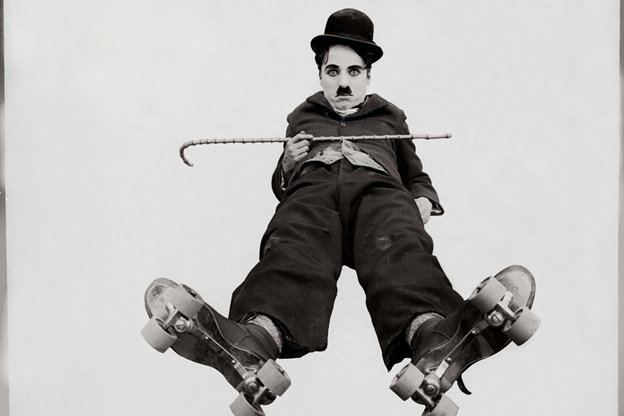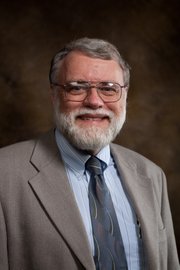Elvis Presley. John Wayne. The Beatles.
That's the level of superstardom accorded Charlie Chaplin by longtime fan Frank Scheide. The University of Arkansas professor of film studies started studying "The Little Tramp" -- as Chaplin was called -- when he was just a little boy himself.
FAQ
‘Charlie Chaplin in NWA’
with Frank Scheide
WHEN — Noon Nov. 15
WHERE — Shiloh Museum in Springdale
COST — Free
INFO — 750-8165 or shilohmuseum.org
"I was one of the first generation of the television age," he says of his childhood. "They didn't have a lot of product to show, so one of the things they did was dust off silent films. And when you're very little, you're very open to things that are visual and not verbal. I became fascinated with all the silent film comedians, and Chaplin was one of them."
That interest grew as Scheide did, leading him to collect 8 mm films -- sometimes through international sources -- so he could see silent movies unavailable anywhere else. Chaplin was also the topic of his master's thesis at New York University and will be the subject of a Sandwiched In program Nov. 15 at the Shiloh Museum of Ozark History in Springdale.
It's been right at 100 years since Chaplin hit the big time, Scheide explains. He was working for Keystone Studios -- yes, as in "the Keystone cops" -- making $150 a week, a fortune in a time when admission to the movies was a nickel. But his popularity was growing so fast that a new company, Essanay Film Manufacturing, hired him away for $1,050 a week.
"It turned out to be an incredible investment," Scheide says, and Essanay's claim to fame.
Essanay is one of the ways Chaplin is connected to Arkansas, Scheide explains. Gilbert M. Anderson, one of its founders and the "A" in "S and A," was born Maxwell Henry Aronson in Little Rock in 1880 and had already earned his own fame as "Bronco Billy," the first real star of the Western film genre.
Also, during Chaplin's time with Essanay, the company was looking for ways to profit from his popularity and, along with dozens of toys and games, agreed to a comic strip created by the J. Keeley syndicate, whose boss owned the Chicago Herald. The first artist was Stewart Carothers, who was from Fayetteville. His father taught at the UA, and some of his early cartoons were published in the Arkansas Traveler newspaper on campus.
"You can study 'Chaplin was born here' or 'Chaplin did this here,' but local history is where it's at," Scheide says. "That's where you find the real gems."
NAN What's Up on 11/12/2017


